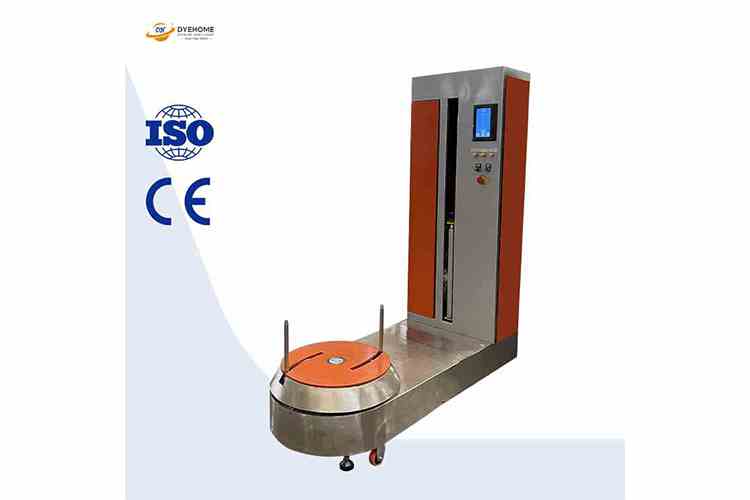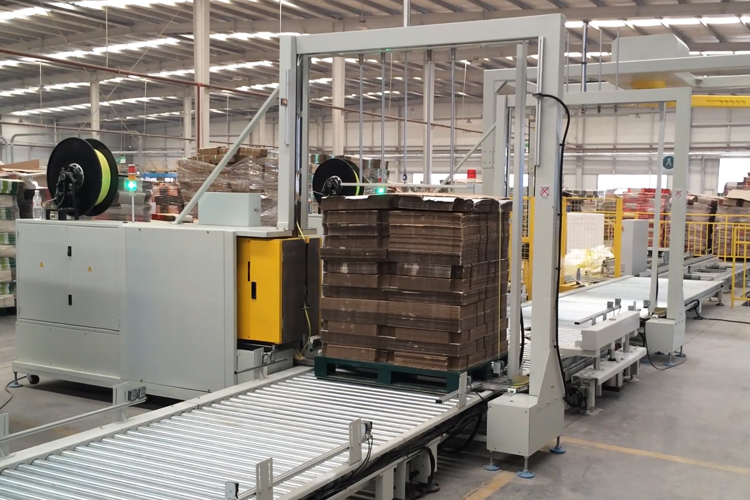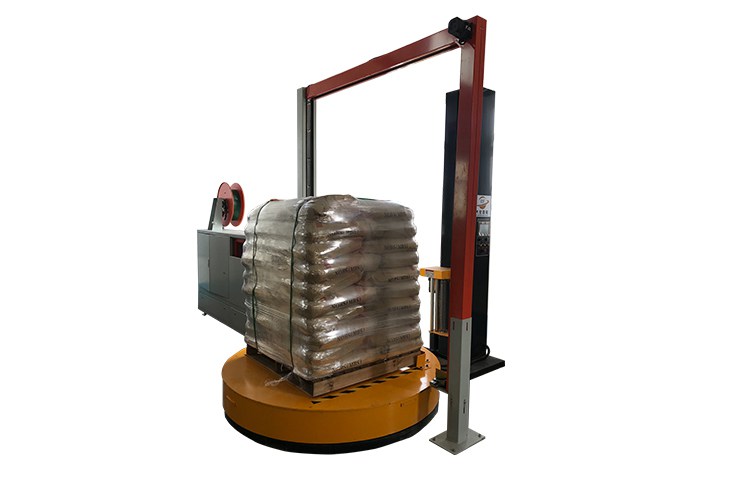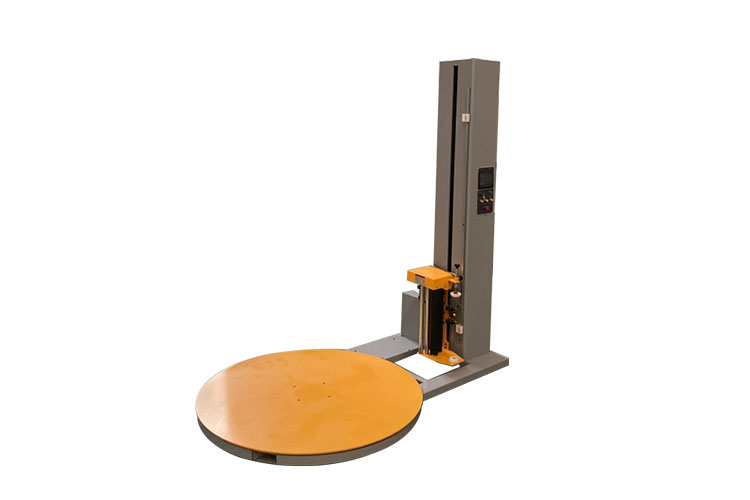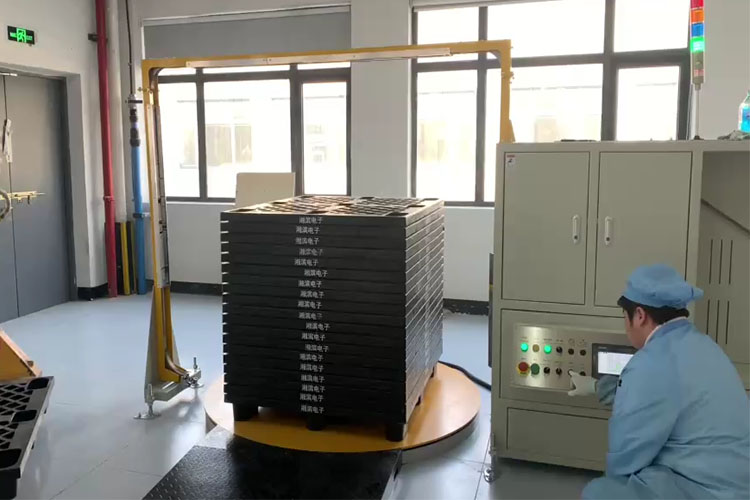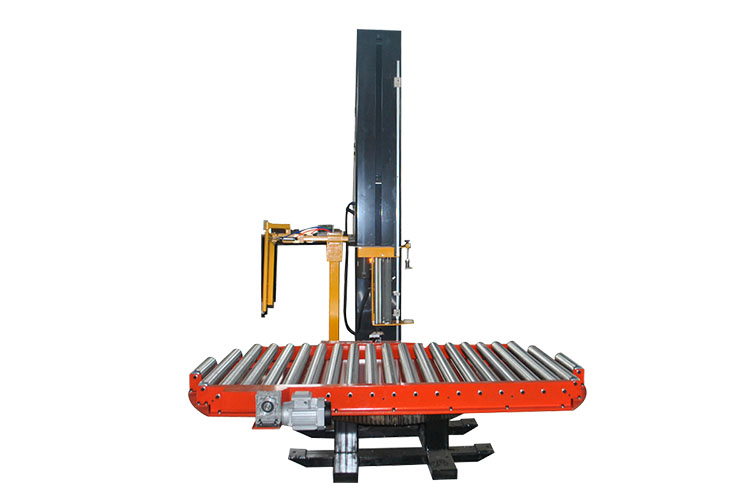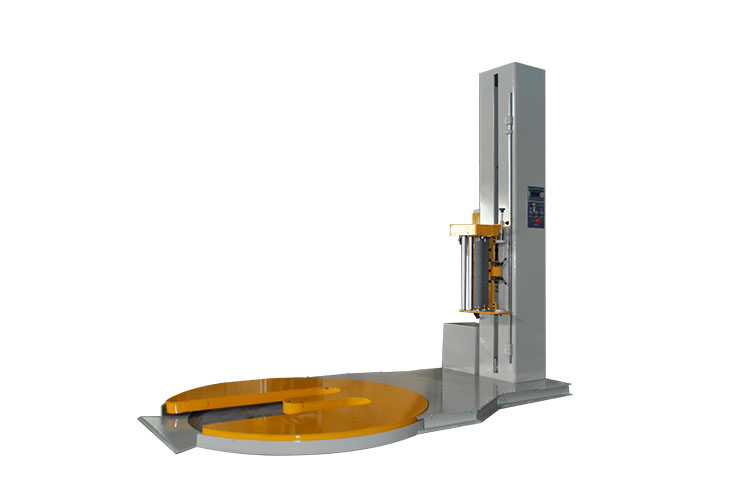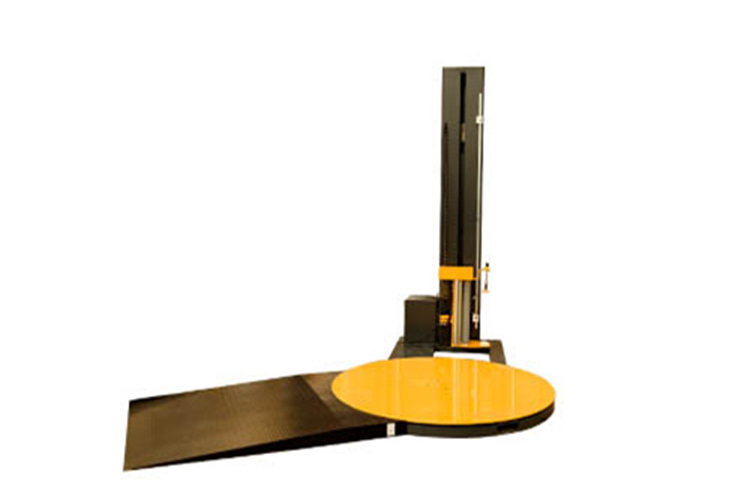All-in-One Film Wrapping and Banding Machine: How to Improve Shipping Speed and Packaging Quality
Date: 2025-08-15Id:344Views:
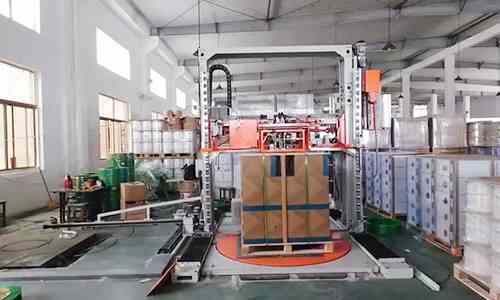
Equipment that Completes Two Packaging Processes in One Go
In traditional packaging processes, pallets of goods are typically wrapped with film before being moved to the strapping machine for banding and reinforcement. This not only increases handling and waiting time, but also affects the overall production line cycle time. An all-in-one film wrapping and banding machine integrates both wrapping and banding functions into a single device, achieving a complete, one-stop process for securing, protecting, moisture-proofing, and preventing spillage. This significantly reduces manual intervention and improves shipping efficiency.
Equipment Principle and Core Features
All-in-One Film Wrapping and Banding Machines are typically based on a turntable or rocker arm structure, combining a pre-stretched film rack and a sword-type strapping mechanism on a single work platform. After wrapping, the equipment automatically applies strapping. The strapping position, quantity, and tension can be customized based on the cargo's characteristics. The pre-stretched film rack supports a stretch ratio of 1:2.5, ensuring a balanced film consumption and tightness. The strapping system supports a variety of materials, including PP and PET strapping, and offers stable strapping tension, making it suitable for cargo with a high center of gravity, heavy weight, or shaky conditions. Select models are also equipped with automatic film loading and cutting, automatic strap threading, corner bead installation, and data traceability, enabling fully automated packaging with conveyor lines and stackers.
Applicable Industries and Application Value
This equipment is widely used in industries such as chemical raw materials, food and beverages, papermaking, building materials, glass products, and electronics. For cargo destined for long-distance transportation or export, the integrated wrapping and strapping machine provides both dust, moisture, and spill protection for the film and strong strapping for secure attachment, ensuring stability during transport. Compared to separate operations, this integrated solution not only saves equipment space and manual handling, but also reduces time lost during the packaging process. Case Study: Efficient Packaging of Chemical Ton Bags
A chemical company's ton bag pallets were prone to displacement and deformation during transportation due to bumpy roads. Manual film wrapping and strapping required two operators at two stations, taking nearly three minutes per pallet. After introducing a fully automatic film wrapping and strapping machine, the packaging time per pallet was reduced to less than one minute, with more consistent strapping positions and more stable strapping tension. The machine's automatic film loading, cutting, and strapping functions reduced the need for frequent manual intervention, increasing shipping efficiency of the entire production line by nearly 40% during peak season.
Conclusion and Selection Recommendations
When selecting a film wrapping and strapping machine, companies should focus on pallet size and weight, film frame pre-stretching ratio, strapping tension range, and compatible strapping material types. They should also consider the compatibility of the equipment with existing conveyor lines and stacking systems to ensure future upgrades and modifications are feasible. Proper equipment selection not only makes packaging more efficient but also reduces labor and maintenance costs over the long term, enhancing the overall competitiveness of the logistics sector.
Related


